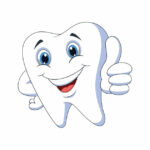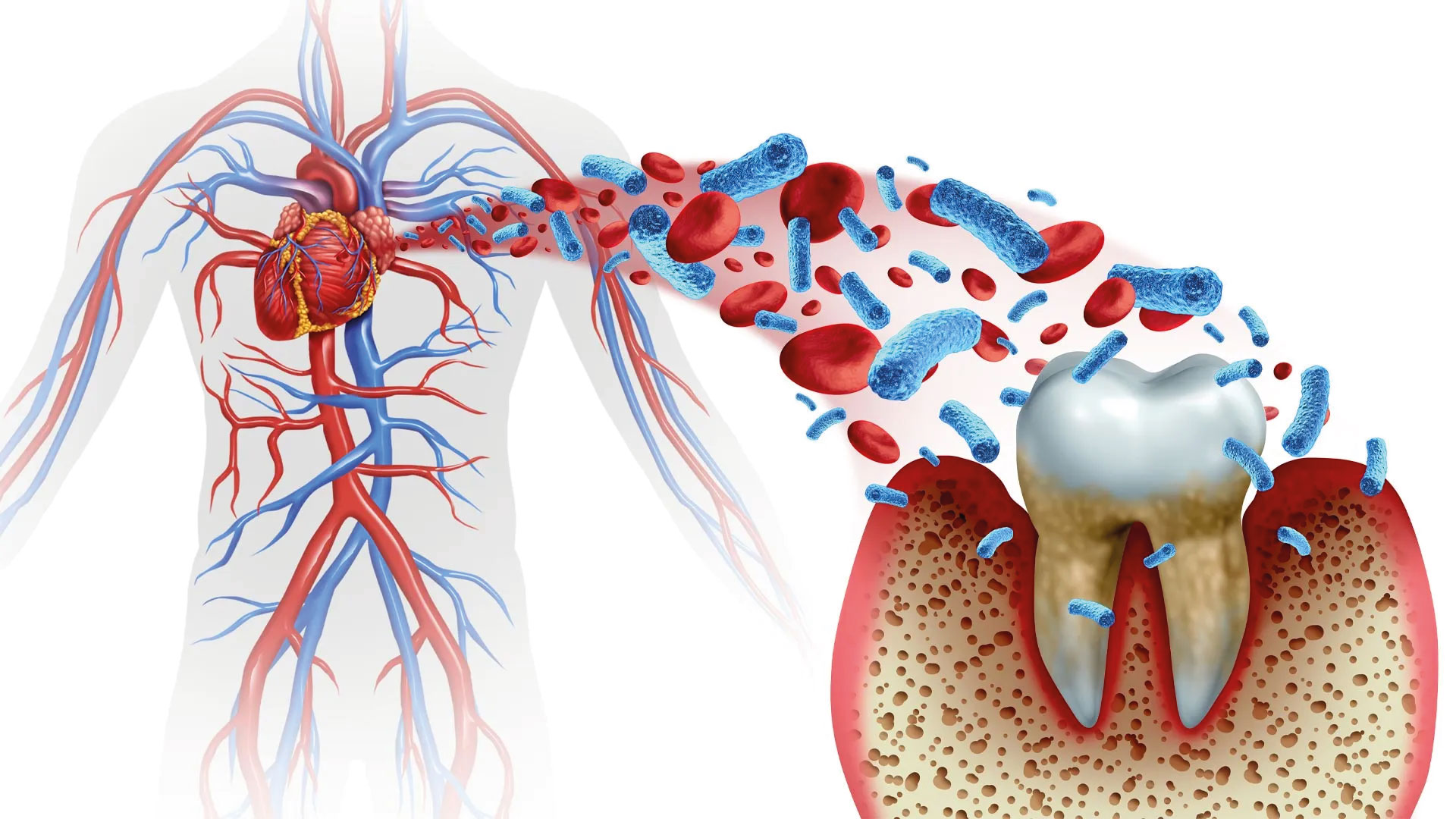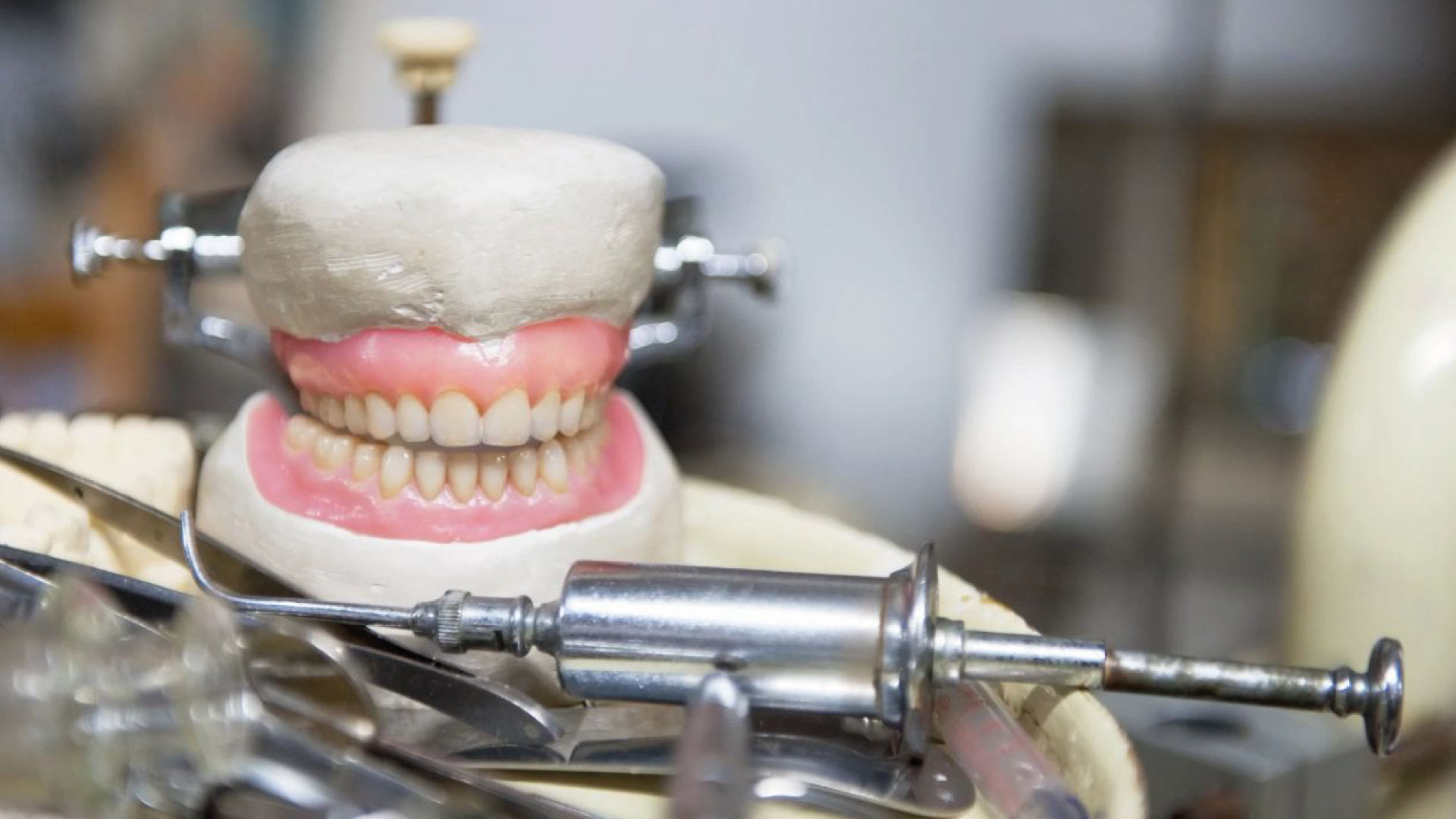Introduction
So far, we’ve explored the incredible enamel and the surprising power of saliva. Now it’s time to tackle one of the most widespread dental problems: cavities. We often think that sugar is the sole culprit, but the truth is far more complex.
In this fourth part of our “Six Curious Dental Secrets” series, we’ll guide you beyond the sugar myth, revealing the true mechanisms that lead to cavity formation and how you can effectively protect your smile. 🍬🚫🦷
Cavities: Beyond Sugar – The True Architects of Decay
Here at Dr. Lenia’s Dental Surgery, we often find ourselves debunking a common belief: that sugar is solely responsible for dental cavities. However, this is an oversimplification of a much more intricate process. Cavities develop when bacteria in the mouth feed not only on sugars, but also on starches (like those found in bread and pasta), producing acids that erode dental enamel. The duration of sugars and starches staying on tooth surfaces is a critical factor in this process. This means that cavities are the result of a complex interaction between diet (types and frequency of carbohydrate consumption), the oral microbiome (acid-producing bacteria), and individual-specific factors (such as enamel strength and saliva production).
Consequently, an inadequate oral hygiene routine is a primary factor in cavity formation. Brushing and flossing regularly are essential actions to remove plaque and the bacteria that cause acidity. Saliva, with its minerals and fluoride, can help repair enamel, but accurate brushing ensures complete plaque removal. To learn more about how proper nutrition impacts oral health, we invite you to read our articles “Nutrition and Oral Health: What Foods Promote a Healthy Smile” and “Back to School: Healthy Snacks to Protect Children’s Teeth” on our blog.
Another common myth is that brushing teeth with more force equates to better cleaning. This practice, however, is counterproductive. Aggressive brushing can damage enamel and irritate gums. The correct technique involves a gentle, circular motion, using a soft-bristled toothbrush. This emphasizes the importance of precision and knowledge in oral care, rather than mere diligence. Understanding that greater effort applied incorrectly can lead to irreversible damage is fundamental for effective prevention.
Finally, using dental floss is not an option, but a non-negotiable component of a complete oral hygiene routine. Brushing alone cannot reach the tight spaces between teeth, where food particles and plaque accumulate. Flossing is crucial for removing this debris, significantly reducing the risk of cavities and gum disease.
Conclusion
Now you know that cavity formation is a more complex process than commonly thought, and that sugars aren’t the only “culprits”! Understanding the role of starches, the importance of correct hygiene, and proper brushing technique is fundamental for effective prevention.
In the next article of our “Six Curious Dental Secrets” series, we’ll unveil an even deeper truth: the surprising connection between your mouth’s health and your body’s overall well-being. Get ready to discover how your smile is a true gateway to your health! 🚪❤️









